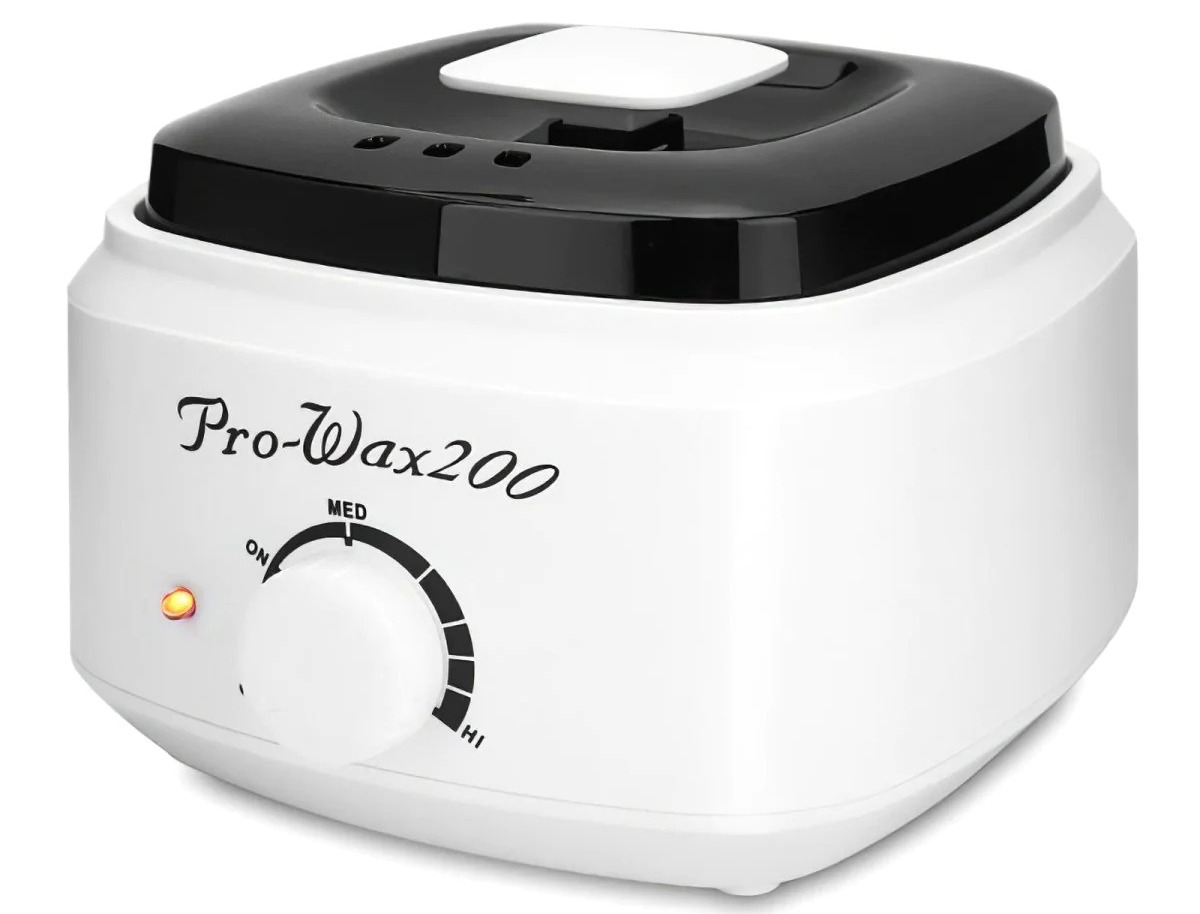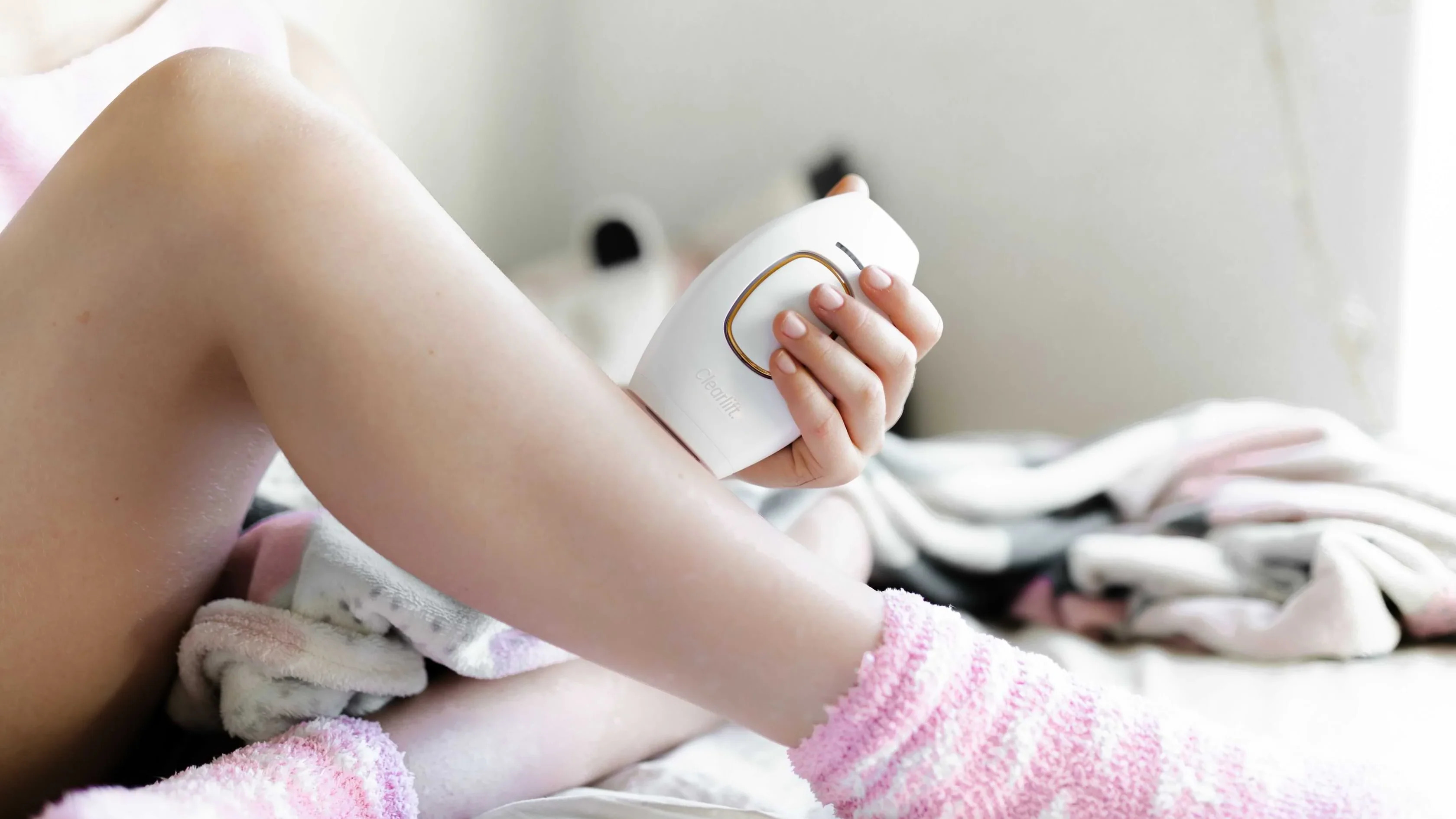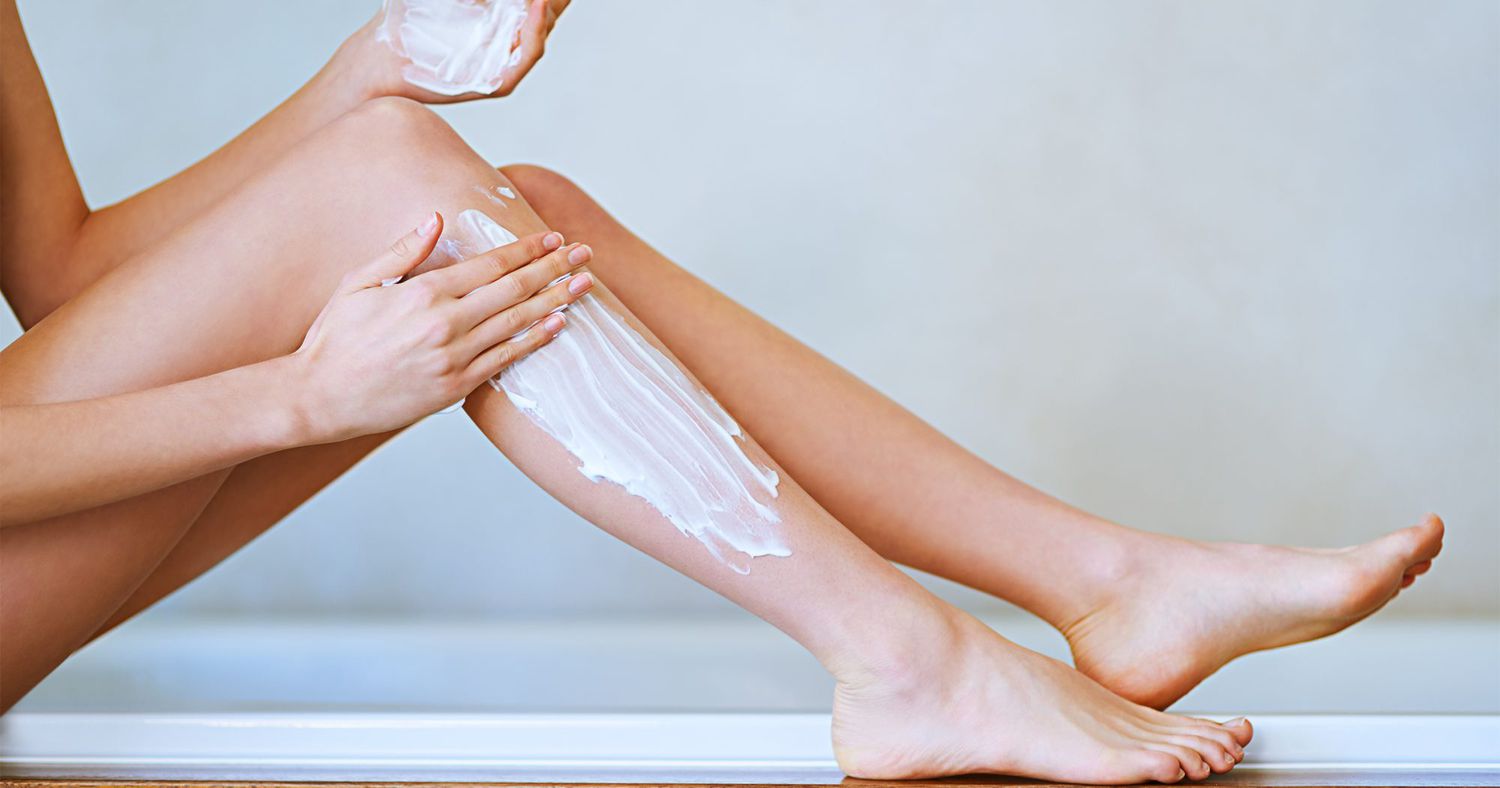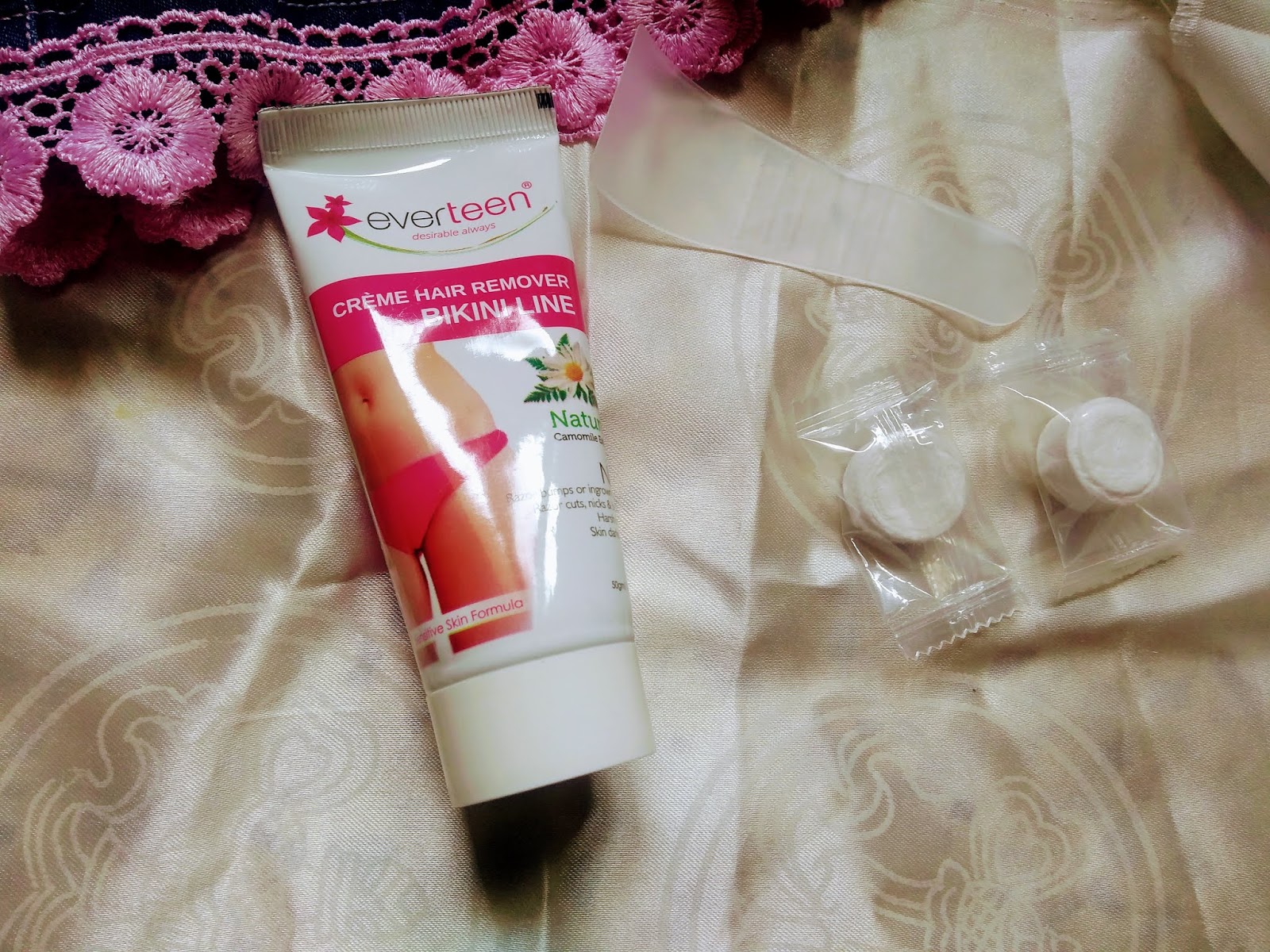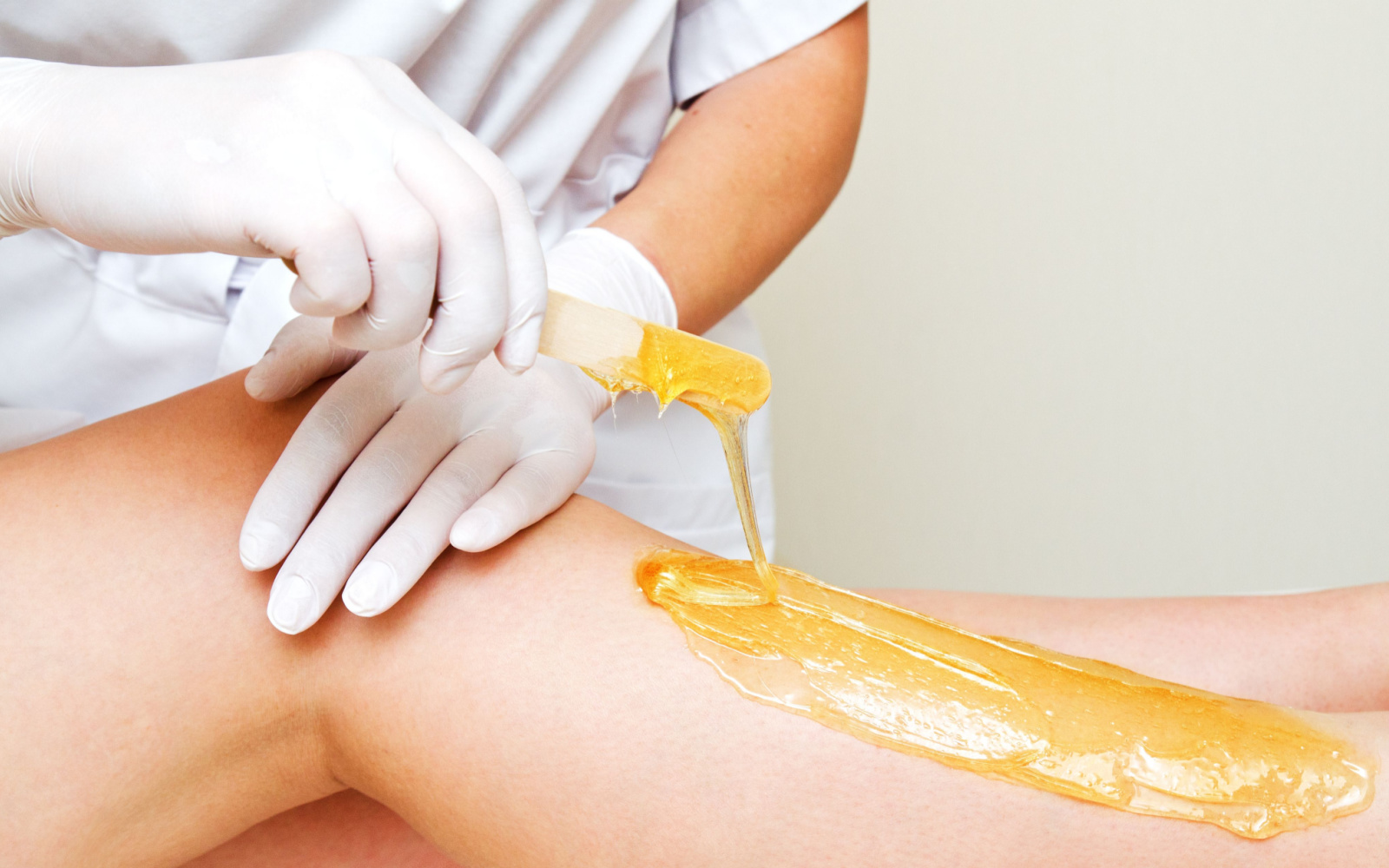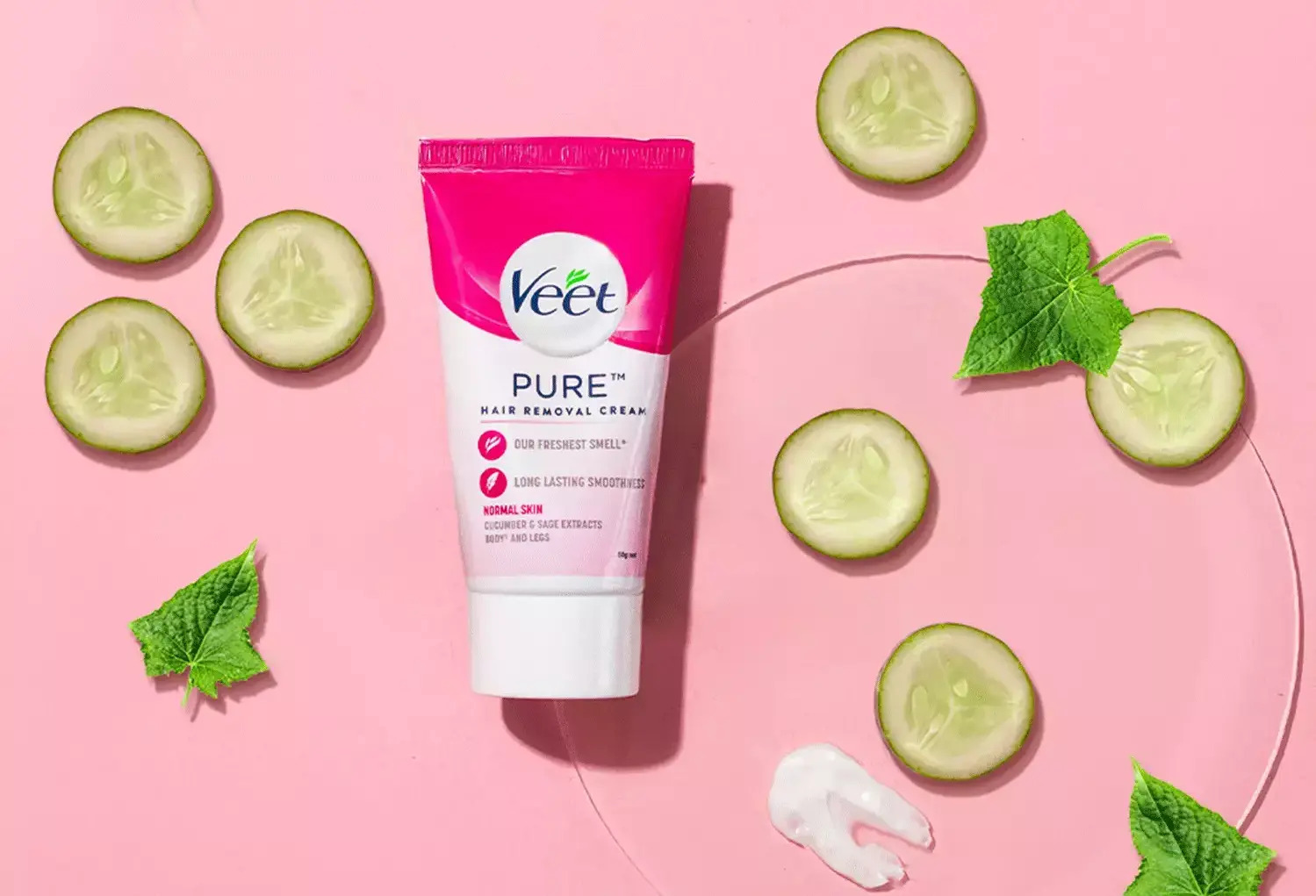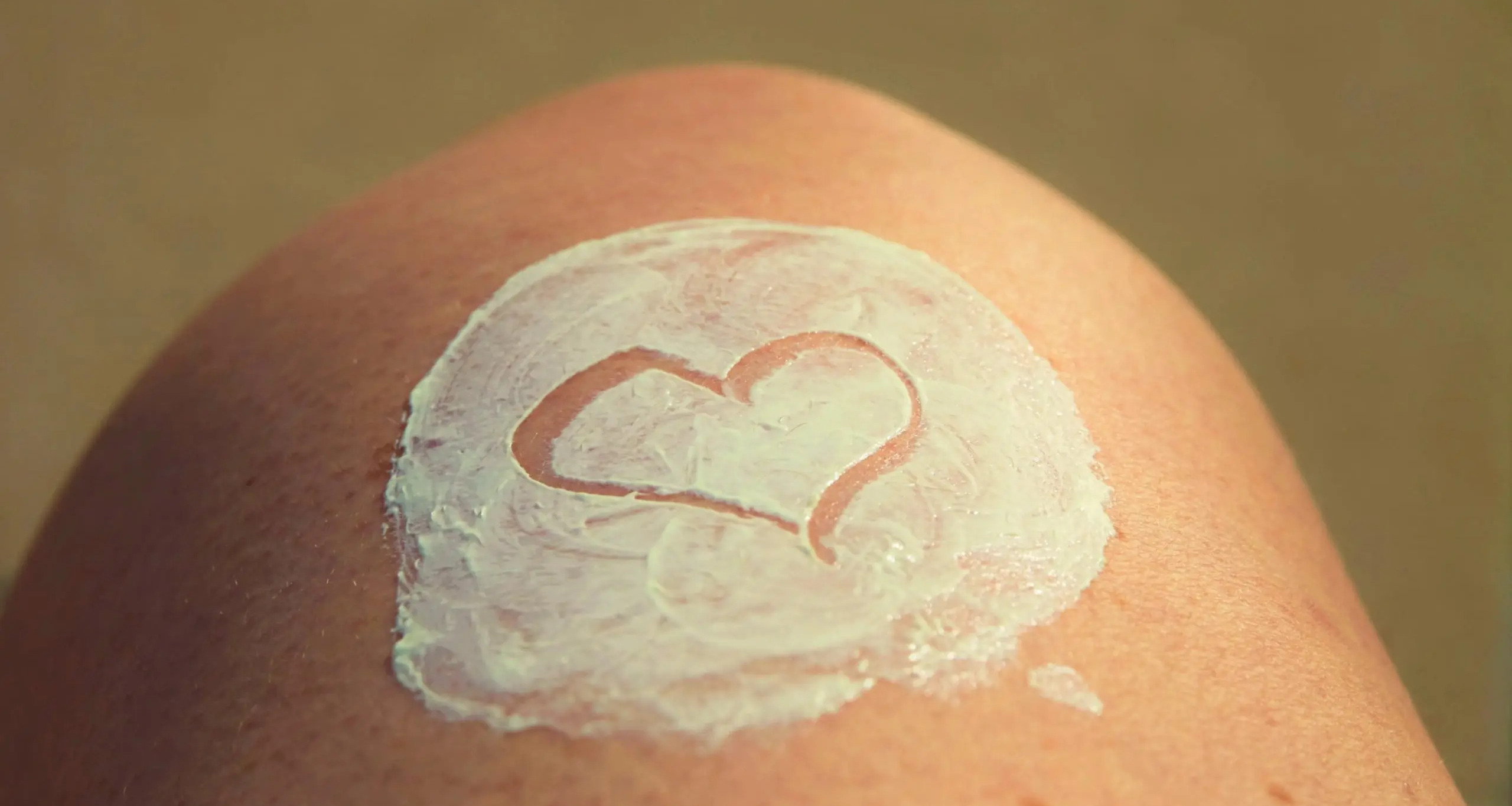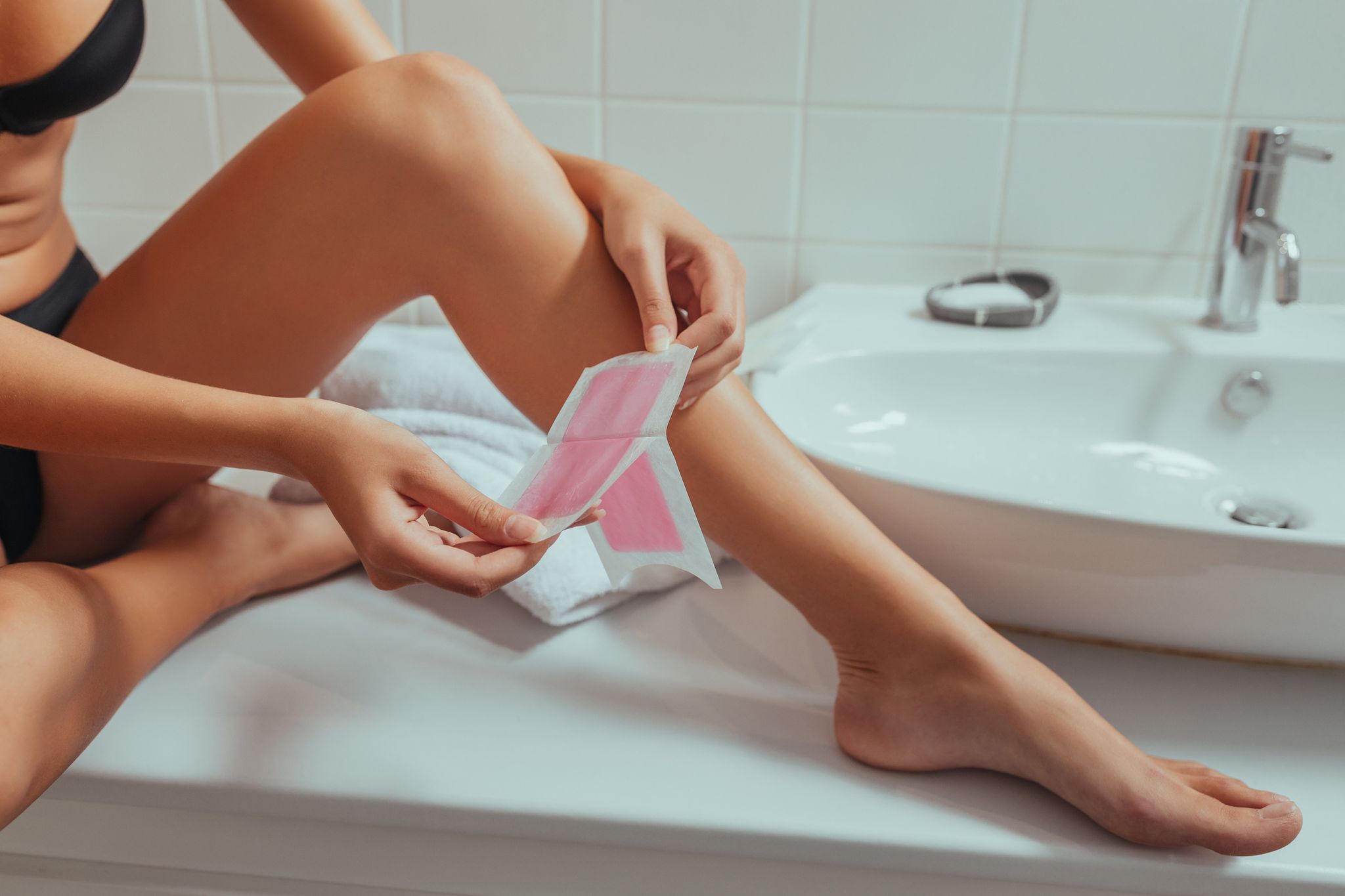Home>How-to Guides>For Women>IPL Hair Removal How To Use
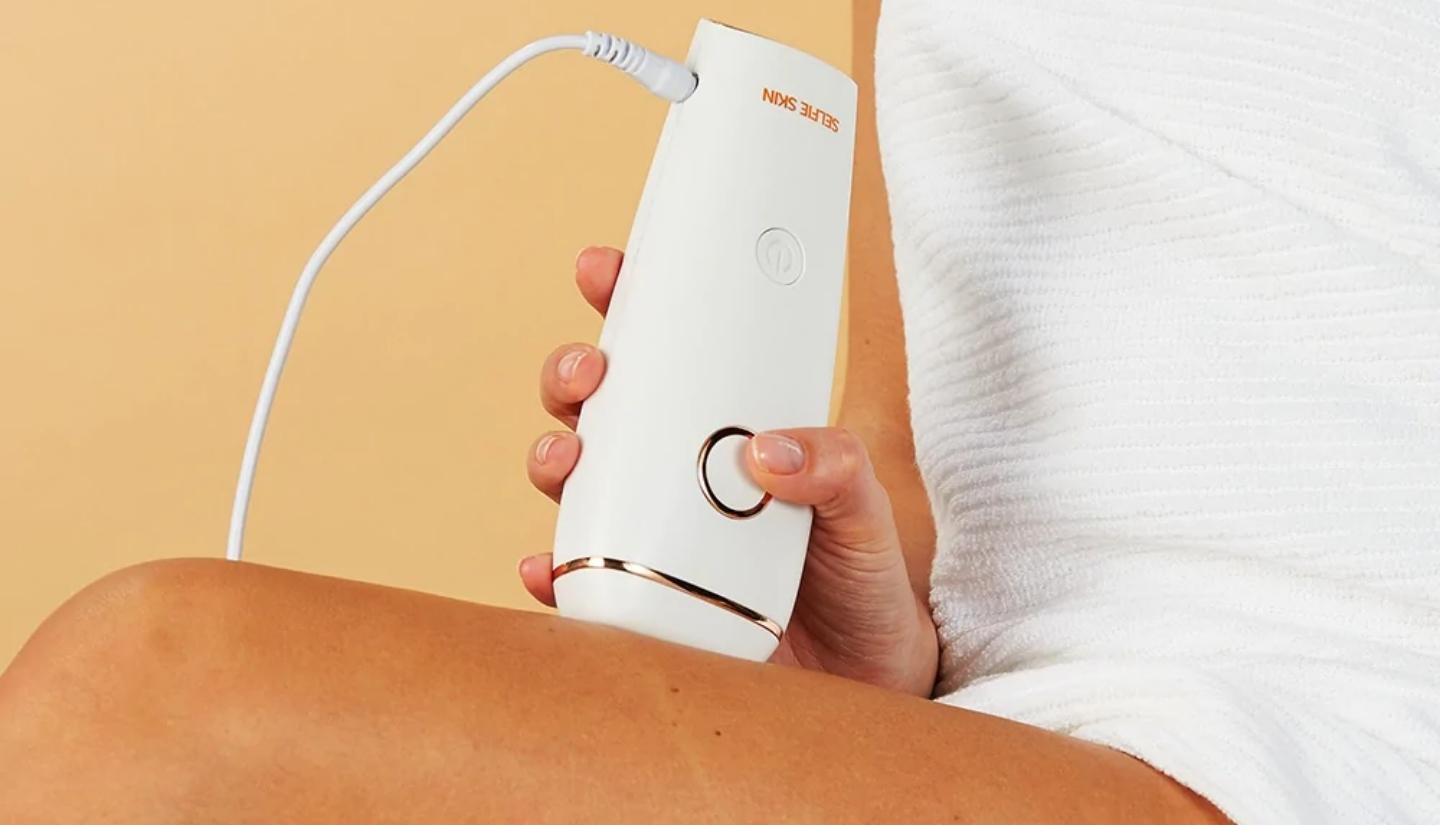

For Women
IPL Hair Removal How To Use
Modified: August 5, 2023
Learn how to use IPL hair removal for women. Discover the benefits and achieve smooth, hair-free skin with this effective hair removal method.
(Many of the links in this article redirect to a specific reviewed product. Your purchase of these products through affiliate links helps to generate commission for Under-tec.com, at no extra cost. Learn more)
Table of Contents
Introduction
Welcome to the world of IPL hair removal! If you’re tired of dealing with unwanted hair and are looking for a more permanent solution, IPL (Intense Pulsed Light) hair removal could be the answer you’ve been searching for. Whether you’re tired of the upkeep of shaving, waxing, or plucking, IPL offers a convenient and effective method to achieve smooth, hair-free skin.
IPL hair removal works by emitting pulses of light that are absorbed by the pigment in the hair follicles. This light energy is then converted into heat, which damages the hair follicles and inhibits future hair growth. The result? A reduction in hair growth and eventually, silky-smooth skin.
But before you jump into the world of IPL, it’s important to understand how this treatment works and how to use it properly. This article will guide you through the process, from understanding IPL hair removal to preparing for the treatment, and using IPL devices effectively. We’ll also cover aftercare and maintenance to ensure you achieve the best results possible.
So, if you’re ready to say goodbye to razors, wax strips, and tweezers, and hello to long-lasting hair reduction, keep reading to discover the world of IPL hair removal.
Understanding IPL Hair Removal
IPL hair removal is a popular method for achieving long-lasting hair reduction. Unlike traditional hair removal methods that only target the visible hair, IPL targets the hair follicles themselves, making it a more effective and permanent solution.
The technology behind IPL hair removal is based on the principle of selective photothermolysis. The IPL device emits a broad spectrum of light, which is then absorbed by the melanin in the hair follicles. This energy is converted into heat, damaging the follicles and inhibiting their ability to produce hair.
It’s important to note that IPL is most effective on individuals with light skin tones and dark hair, as the contrast between the pigment in the hair and the skin allows for more efficient absorption of light. Individuals with darker skin tones may be at a higher risk of experiencing adverse effects, such as burns or hyperpigmentation, so it’s crucial to consult with a professional or read the manufacturer’s guidelines before using an IPL device.
One of the key advantages of IPL hair removal is that it can target multiple hairs simultaneously, making it a time-saving option for larger areas, such as the legs or back. However, since IPL targets the hair follicles in the growth stage, multiple treatments are required to catch all the hair in this active phase. This is why IPL treatments are typically done in a series, spaced several weeks apart.
It’s also important to manage your expectations when it comes to IPL hair removal. While it does provide long-term hair reduction, it may not completely eliminate all hair in the treated area. Some individuals may experience better results than others, depending on factors such as hair color, skin type, and hormonal changes.
In the next sections, we will explore how to prepare for an IPL hair removal treatment and how to use IPL devices properly to ensure safe and effective results.
Preparing for IPL Hair Removal
Before starting your IPL hair removal journey, there are a few important steps you need to take to ensure a successful and safe treatment. Proper preparation will not only optimize the results but also minimize the risk of potential side effects. Here’s what you need to do:
- Shave the treatment area: It’s important to shave the targeted area a day or two before your IPL treatment. This ensures that the light energy is absorbed by the hair follicles rather than wasted on the surface hair. Avoid waxing, plucking, or using depilatory creams, as these methods remove the hair follicles temporarily and may interfere with the IPL treatment
- Avoid sun exposure: To minimize the risk of post-treatment complications, such as hyperpigmentation, it’s crucial to avoid sun exposure and tanning beds for at least two weeks prior to your IPL session. Sunburned or tanned skin is more susceptible to burns and other adverse reactions during the treatment.
- Avoid applying creams and lotions: On the day of the treatment, refrain from applying any creams, lotions, perfumes, or deodorants to the treatment area. These products can interfere with the IPL device’s ability to deliver effective energy to the hair follicles.
- Cleanse your skin: Before your IPL session, make sure to cleanse your skin thoroughly and remove any makeup, oils, or skincare products. This helps to ensure that the IPL device can make direct contact with the skin and deliver optimal results.
- Consult with a professional: While at-home IPL devices are widely available, it’s always advisable to consult with a professional, such as a dermatologist or a trained esthetician, to determine if IPL hair removal is suitable for your skin type and hair color. They can also provide personalized advice and recommend the appropriate settings for your specific needs.
By following these pre-treatment guidelines, you can help maximize the effectiveness of your IPL hair removal treatment and reduce the risk of any unwanted side effects.
Using IPL Hair Removal Properly
Using an IPL device properly is crucial to achieving safe and effective results. Here are some key steps to follow when using IPL hair removal:
- Read the instructions: Before using any IPL device, carefully read and understand the manufacturer’s instructions. Each device may have specific guidelines and safety precautions that you need to be aware of.
- Choose the appropriate intensity level: IPL devices typically have different intensity levels. Start with the lowest setting and gradually increase it if needed. Be cautious not to set the intensity too high, as it could result in skin irritation or burns.
- Position the device correctly: Hold the IPL device against your skin at a 90-degree angle. Ensure that the treatment window is making full contact with the skin’s surface. Some devices may have a sensor that only emits the light pulse when proper contact is detected.
- Use the device in a grid pattern: When treating a large area, such as the legs, divide it into smaller sections and move the IPL device systematically in a grid pattern. This helps ensure that you cover the entire area and avoid missing any spots.
- Overlap the treatment areas: To achieve consistent results, it’s important to overlap the treated areas slightly. This ensures that all hair follicles receive sufficient energy from the IPL device.
- Do not treat the same area multiple times in one session: Avoid repeating IPL pulses on the same spot during one session. This can increase the risk of skin irritation and adverse effects.
- Follow the recommended treatment schedule: Each IPL device will have a recommended treatment schedule, typically spaced a few weeks apart. Adhere to this schedule to give your skin time to recover and allow the hair follicles in different growth phases to be targeted.
- Prioritize aftercare: After each session, apply a soothing cream or aloe vera gel to calm the skin. Avoid hot showers, saunas, or excessive sun exposure for at least 24 hours after treatment.
Remember, consistency is key when it comes to IPL hair removal. Stick to the recommended treatment plan and be patient, as results are typically seen over time with multiple sessions. If you experience any unusual or adverse reactions, consult with a professional or discontinue use.
Aftercare and Maintenance
After completing an IPL hair removal session, proper aftercare is essential to ensure that you maintain your results and keep your skin healthy. Here are some important aftercare tips to follow:
- Avoid sun exposure: Just as you did before the treatment, it’s crucial to avoid sun exposure for at least two weeks after your IPL session. The treated area may be more sensitive to sunlight, and UV exposure can increase the risk of complications like hyperpigmentation.
- Apply sunscreen: Whenever you need to be outside, even on cloudy days, make sure to apply a broad-spectrum sunscreen with at least SPF 30 to the treated area. This helps protect your skin from harmful UV rays and maintains the results of your IPL treatment.
- Be gentle with the skin: After IPL treatment, your skin may be more sensitive. Avoid using harsh scrubs, exfoliants, or abrasive towels on the treated area. Opt for gentle cleansers and pat your skin dry with a soft towel.
- Avoid other hair removal methods: It’s important to avoid waxing, tweezing, or depilatory creams between IPL sessions. These methods can interfere with the hair growth cycle and may reduce the effectiveness of IPL treatment.
- Moisturize regularly: Keeping your skin well-hydrated is important to maintain its health and elasticity. Make sure to moisturize the treated area regularly to soothe any potential redness or irritation.
- Follow the recommended maintenance schedule: Even after completing your initial series of IPL sessions, you may still need occasional maintenance treatments to target any regrowth or newly activated hair follicles. Follow the recommended maintenance schedule provided by the device manufacturer or consult with a professional for guidance.
- Monitor your results: IPL hair removal results can vary from person to person. Keep track of the progress and effectiveness of your treatments. If you notice any changes or concerns, don’t hesitate to reach out to a professional for further evaluation.
Remember, aftercare is as important as the treatment itself for the best long-term results. By following these aftercare guidelines, you can ensure a smoother and more effective hair removal experience with IPL.
Frequently Asked Questions (FAQs)
Here are some common questions and answers regarding IPL hair removal:
- Is IPL hair removal permanent?
- How many IPL sessions do I need?
- Does IPL hair removal hurt?
- Can I use IPL on all areas of my body?
- Is IPL hair removal safe?
- Can I use IPL if I have darker skin?
- Can I use IPL if I have blonde or gray hair?
IPL hair removal can provide long-lasting results, with a significant reduction in hair growth. However, it may not permanently eliminate all hair in the treated area. Periodic maintenance sessions may be required to address any regrowth.
The number of IPL sessions needed varies depending on factors such as your hair type, skin tone, and the targeted area. On average, a series of 6 to 8 treatments, spaced 4 to 6 weeks apart, is recommended for optimal results.
IPL hair removal can cause a mild sensation of warmth or tingling during the treatment, but it is generally tolerable. Most devices also offer different intensity settings to ensure your comfort.
IPL hair removal can be used on various areas of the body, including the face, legs, underarms, bikini area, and more. However, it’s important to follow the device’s guidelines and consult a professional if you have any concerns about a specific area.
When used correctly and following safety guidelines, IPL hair removal is generally safe. However, it’s important to note that there may be some risks and potential side effects, such as skin irritation, burns, or pigment changes. Consulting with a professional or following the device’s instructions can minimize these risks.
IPL is generally more effective on lighter skin tones and darker hair colors, as there should be a contrast between the hair and skin color. Individuals with darker skin tones may be at a higher risk of adverse effects, so it’s crucial to consult with a professional or choose devices specifically designed for darker skin.
IPL primarily targets the pigment in the hair follicles, so it may be less effective on blonde or gray hair, which may lack sufficient pigment to absorb the light energy. Consulting with a professional can help determine if IPL is suitable for your hair color.
If you have any other questions or concerns about IPL hair removal, it’s best to consult with a professional or dermatologist for personalized advice and guidance.
